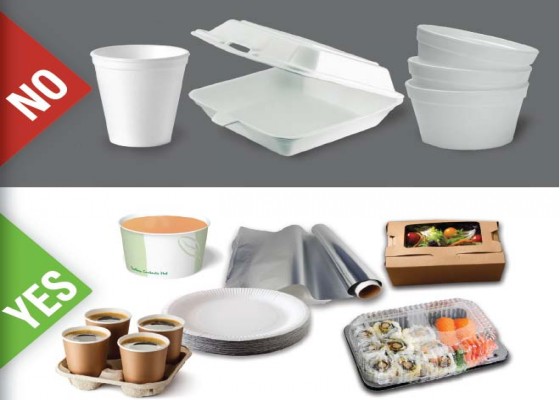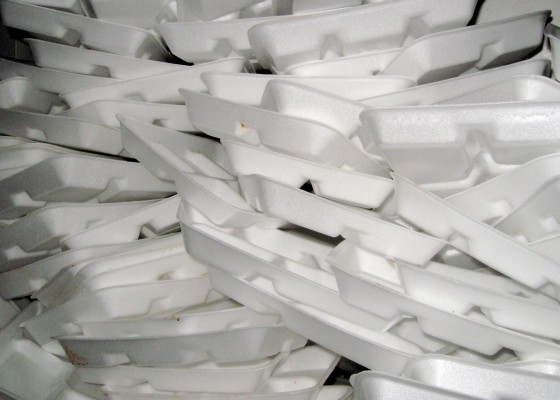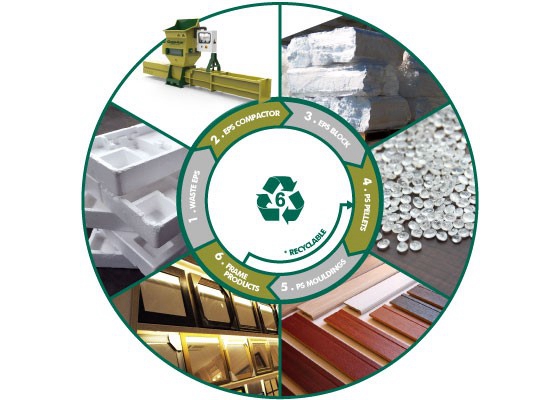Hindustan times reported that Maharashtra in western India will ban the use of various plastic products including disposable food containers made of foam from the New Year on March 18. The aim of the prohibition is to reduce the quantity of plastic products in order to protect our environment because plastics have become a growing environment threat. Most importantly, disposable meal boxes are closely connected with us and may impair our health.
A new study estimates that there are 2025 million takeaway containers per year being used in the European Union (EU) alone. And more than 90 percent of the 15 billion disposable food containers used in China each year are plastic. What’s more, the global takeaway food market is growing fast, with a projected value of over £80 billion in 2020.
As is far known to us, polystyrene foam can be made to manufacture disposal takeaway-food containers. Polystyrene foam is light, cheap, anticorrosive and waterproof, so that it is suitable to make disposal food containers. However, its advantages are also its disadvantages. It is not easy to be rotted and degradable in natural condition. And as the saying goes “many a little makes a muckle”. The increasing disposal food containers have already been a scourge that is devastating the earth.
Needless to say, something should be done to tackle the growing environmental impact of disposal food containers. There are two polystyrene disposals that can tackle the pollution of them. One is that finding the substitute goods which can be degradable by the microorganism in the oil instead of using polystyrene foam. Scientists have developed new materials such as paper, starch, plant fiber and so on.
Another one is that recycle polystyrene foam with polystyrene compactor GREENMAX which can reduce its volume. APOLO and ZEUS series can dispose polystyrene foam efficiently with advanced equipment. After that, foam scraps can be transform into small pellets. And pellets can be further processed into picture frames, mirror frames, decorative moldings and so on.
In conclusion, it is better for us to choose the second choice because the new materials are more expensive than polystyrene foam. Moreover, the polystyrene compactor helps us create a recycling circle that can manufacture new environmental products.


